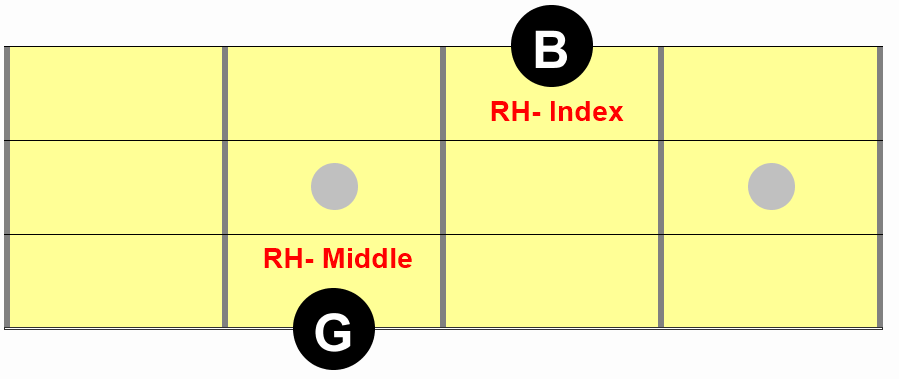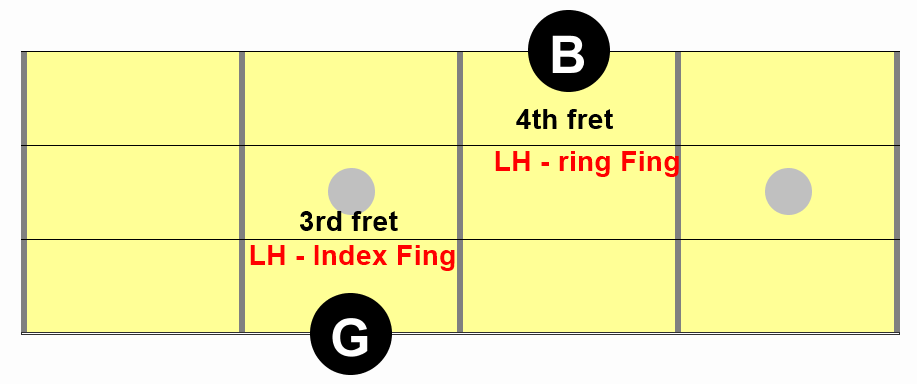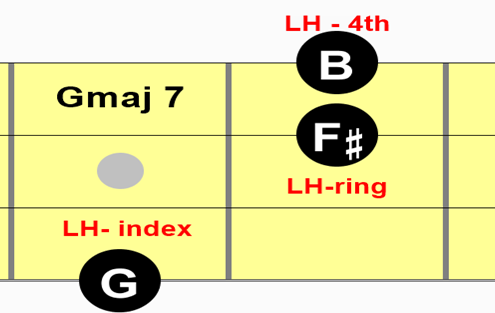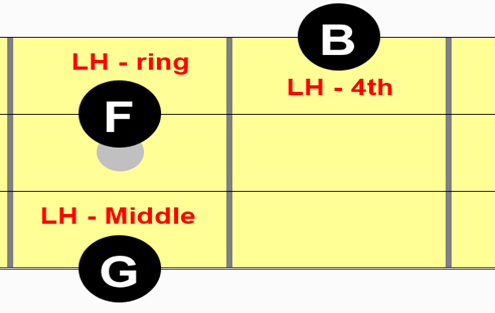This is all about playing bass chords in root position that work famously in a variety of situations. Includes grid diagrams.
This is all about playing bass chords in root position that work famously in a variety of situations. Includes grid diagrams.
Major and Minor Two String Chords
These two string bass chords are the most versatile and simple way of adding chords to your bass playing. They work very well in a band situation. where there might be a pianist and or guitar player playing chords as well. Using three string chords in this situation can get very muddy and usually only work when they are played in the higher positions and still with caution depend on voicings being used by the pianist or the guitar.
Using the two string chords will not sound muddy and you can play them in the lower positions. Another plus is the two notes you are using in each are simply the root and the third (major) and the root and the flat 3rd (minor). What this means is, the major two string bass chord will work with all the extenions of major chords for instance. 7th, major seventh, augmented and other chords further extended typical in jazz like major seven sharp 11 ma7#11.
The minor will work with a minor chord. minor 7th. minor seven flat five, diminished and again any further extensions of a minor chord.
7th Chords
Here are two voicings of a seventh chord that work very well and are used by every experienced bassist. Notice I have not included the names the chord. These are movable grids and can be used for any 7th chord. The bottom note marked (r) is the root. Just play this shape on the desired lowest note and that will the chord name. For instance, if the lowest note (r) is a C, the chord will be a C7. This shape can be be used on a 5 or a 6 string bass accordingly. Depending on the tone you use, when played in lower positions, the can sound pretty muddy. They sound best starting in the 7th position.




